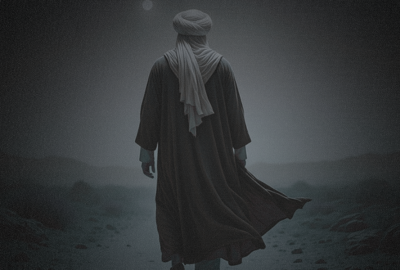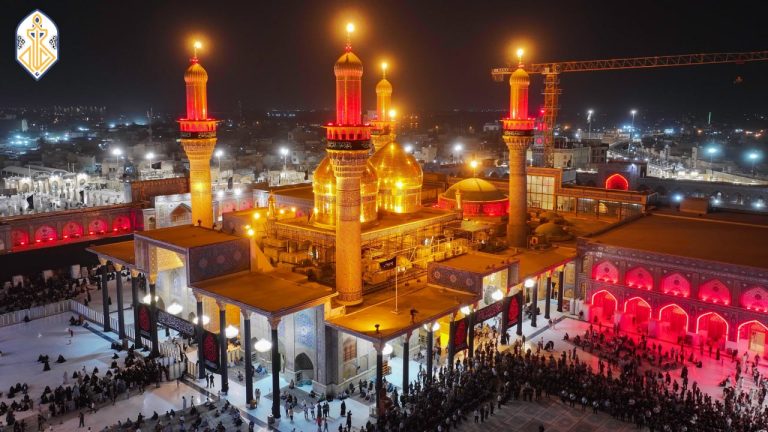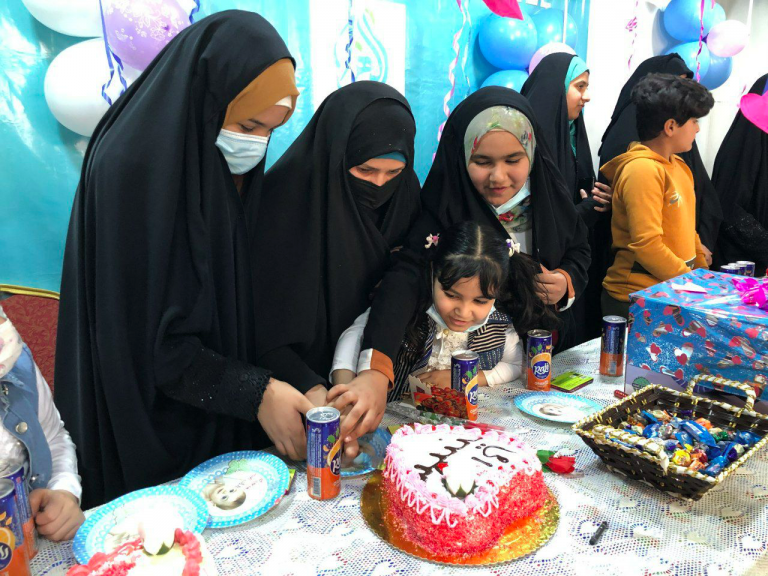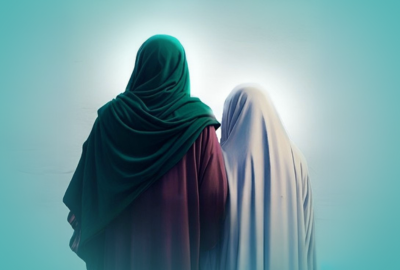The Miracle of 13th Muharram
The tragedy of Karbala did not end with the final sword on the 10th of Muharram. A sacred obligation remained — burying the fallen heroes.
On the 13th of Muharram, a divine sign unfolded. Imam Zain Al-Abideen (as), imprisoned in Kufa, was seen in Karbala to complete the funerals of Imam Hussain (as) and his companions.
How could such a moment occur? Let’s reflect on this spiritual event.
After Ashura: The Bodies Remain Unburied
After the massacre at Karbala, the bodies of Imam Hussain (as), his family, and his companions were left exposed for three days under the sun, without shrouds or graves. Umar ibn Saad (la) and his troops, servants of Yazid (la), abandoned the martyrs and took the women and children captive on the 11th of Muharram.
Once the army had departed, the Banu Asad, a local tribe, approached the field to bury the dead.
One of them recalled, “Once the army had left, I came to the battlefield and saw light emanating from those corpses that were covered with blood yet smelled sweet scents.”
Still, the tribe could not identify the headless or mutilated bodies. They stood in grief, overwhelmed and unsure of who was who.
The Miracle of Imam Zain Al-Abideen (as)
With the martyrdom of Imam Hussain (as), the leadership of the Ummah passed to his son, Imam Zain Al-Abideen (as), who was a prisoner in Kufa at the time.
On the 13th of Muharram, by the will of Allah (swt), he appeared in Karbala to carry out the sacred duty of burying his father and the other martyrs.
This was no ordinary occurrence. It was an event that transcended human boundaries—proof of divine intervention and the unique status of the Imams.
Allah (swt) tells us in the Qur’an, “Allah (swt) grants His kingdom to whomever he pleases.” (Surah Al-Baqarah, Verse 247)
According to Imam Al-Ridha (as), Imam Sajjad (as) left the prison of Kufa without detection, buried the martyrs, and returned to confinement without being noticed. (Nafasul Mahmum)
The Burial of the Martyrs of Karbala
Upon reaching Karbala, Imam Zain Al-Abideen (as) found the Banu Asad struggling to identify the martyrs. The Imam informed them that he alone must handle the burial, particularly for Imam Hussain (as), as only an Imam can bury another Imam.
He pointed out the bodies of the fallen one by one, guiding the Banu Asad in digging their graves.
When he approached the body of his father, he embraced it and wept.
Placing his hand under Imam Hussain’s (as) back, he said, “In the Name of Allah, and according to the creed of the Messenger of Allah (swt). Allah (swt) has said the truth, and so has His Messenger (saww). The will of Allah (swt) be done; there is no power nor might except in Allah, the Great.”
As he lowered the body into the grave, he added, “Congratulations to the land that contains your pure body, for the world after you is dark, whereas the hereafter in your light shall shine.”
Next, the Imam went to bury his uncle, Hazrat Abbas (as). Standing over his body, he sorrowfully proclaimed, “May the world after you be obliterated, O moon of Banu Hashim, and peace from me to you, O martyr, and the mercy of Allah (As) and His blessings.”
He proceeded to bury each martyr with care:
- Ali Al-Akbar (as) was buried near his father’s feet
- Ali Al-Asghar (as) was laid to rest alongside Imam Hussain (as)
- Habib ibn Madhahir was buried close to Aba Abdillah’s (as) resting place
- Hurr ibn Riyahi’s tribe took his body and buried him separately
- The rest of the martyrs were laid to rest in a collective grave
This was not just a burial. It was a final act of love and divine continuity.
Conclusion
The 13th of Muharram stands as a witness to a miraculous event that affirmed the sanctity of the Ahlulbayt (as). Imam Zain Al-Abideen (as) performed a sacred duty despite all odds, proving that divine will prevails over tyranny.
Today, we honor this legacy not only through remembrance but through service: supporting the oppressed, aiding orphans, and giving in the way of Allah (swt).
FAQs
The martyrs of Karbala remained unburied for three days, from the 10th to the 13th of Muharram. Only the soldiers from Ibn Sa’ad’s army were buried, while the holy bodies of Imam Hussain (as) and his companions were left under the blazing sun.
On the 13th of Muharram, Imam Zain Al-Abideen (as) arrived in Karbala — miraculously, despite being a prisoner in Kufa — and buried the martyrs with the help of the Banu Asad.
The tribe lived near Karbala and felt compelled to honor the fallen. Years earlier, Imam Hussain (as) had purchased this land and entrusted the tribe with his burial should he fall in battle there. That promise stirred them to act when the battlefield was left abandoned.
The Banu Asad could not distinguish the headless, injured bodies. Many looked alike or were disfigured.
They needed someone who personally knew the martyrs. Only Imam Zain Al-Abideen (as) could fulfill that role.
Only an Imam can bury another Imam. Despite being under arrest in Kufa, Imam Zain Al-Abideen (as) was divinely enabled to travel to Karbala, perform the funeral rites, and return — all undetected.
This affirmed his Imamate and fulfilled his sacred duty to his father.
